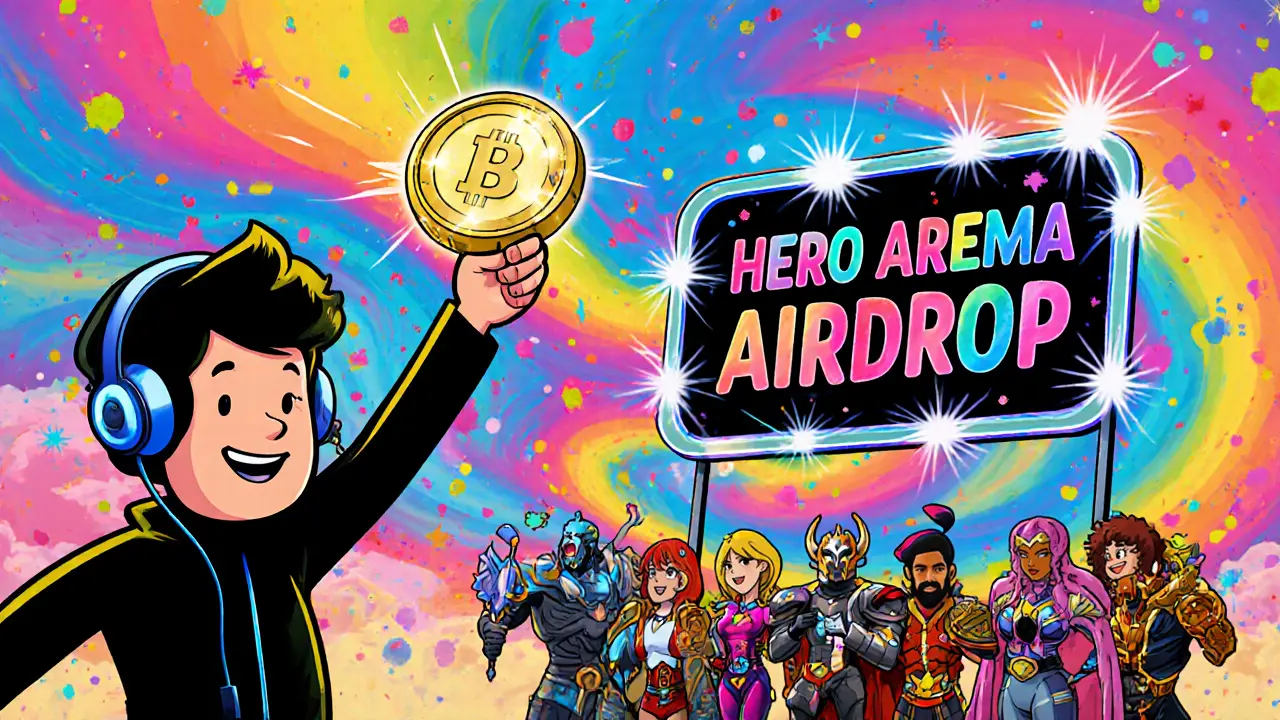Play-to-Earn: How Crypto Gaming Turns Play into Profit
When diving into Play-to-Earn, a model where gamers earn cryptocurrency or tokens by participating in blockchain‑based games, you quickly see how it reshapes the gaming landscape. Also known as P2E, it blends entertainment with real‑world value. Play-to-Earn encompasses blockchain games, token incentives, and community‑driven economies, creating a loop where play fuels earnings and earnings fuel more play.
Key Components That Power Play-to-Earn
One of the biggest boosters for Play-to-Earn economies is the crypto airdrop, free distribution of tokens to active players or wallet holders. Airdrops lower the entry barrier, letting newcomers try a game without spending cash. They also reward loyal users, sparking network effects that attract more players. In short, a well‑timed airdrop can jump‑start a game’s token economy and keep the player base growing.
Another core element is gaming NFTs, unique, blockchain‑recorded assets that represent in‑game items, characters, or land. Because each NFT is provably scarce, players can truly own and trade their gear on open markets. This ownership model turns a simple sword or avatar skin into a tradable asset, often with real‑world price. Gaming NFTs also enable cross‑game interoperability, letting players move valuable items between compatible titles and expanding the overall ecosystem.
Beyond airdrops and NFTs, DeFi staking, locking tokens in smart contracts to earn interest or additional rewards offers a steady income stream for Play-to-Earn participants. Once a player earns the native token, they can stake it to receive yield, often boosted by the game’s own reward pool. This creates a feedback loop: staking increases token circulation, which in turn funds more in‑game events and airdrops, tightening the economic cycle.
Liquidity mining also plays a vital role. Many Play-to-Earn projects launch on decentralized exchanges and incentivize users to provide liquidity for their token pairs. By supplying liquidity, players earn a share of transaction fees plus extra token rewards. This not only boosts market depth—making it easier to buy or sell the token—but also aligns the interests of traders, investors, and gamers.
Tokenomics design ties all these pieces together. A well‑balanced supply schedule, clear utility, and transparent distribution plan keep inflation in check while rewarding participation. Projects that allocate a portion of the token supply to community grants, developer funds, and long‑term staking pools tend to sustain player interest longer than those that dump large amounts early on.
Understanding the audience is equally important. Play-to-Earn attracts both hardcore gamers looking for competitive experiences and casual players drawn by the prospect of earning while they play. Demographic data shows a strong presence of mobile users in emerging markets, where the ability to monetize time spent on a phone can be a game‑changer. Designing games that run smoothly on low‑end devices while still offering deep token economies broadens reach and improves retention.
All these elements—airdrop incentives, NFT ownership, DeFi staking, liquidity mining, and smart tokenomics—form a tightly knit ecosystem that turns leisure into a source of income. Below you’ll find a curated list of articles that dive deeper into each component, show real‑world examples, and give step‑by‑step guides to help you get started or level up your Play-to-Earn strategy.
Hero Arena (HERA) Airdrop Details, Rewards, and Claim Guide
A deep dive into Hero Arena's HERA airdrop history, token details, reward structures, and how to stay involved in the play‑to‑earn ecosystem.
